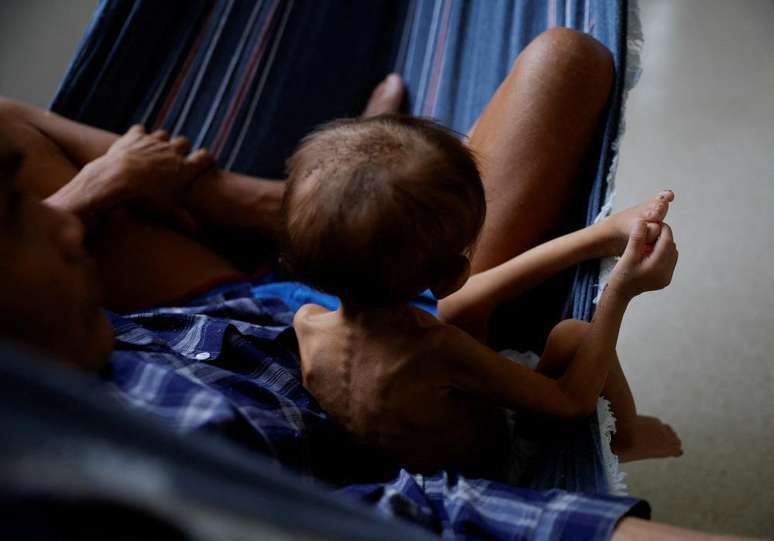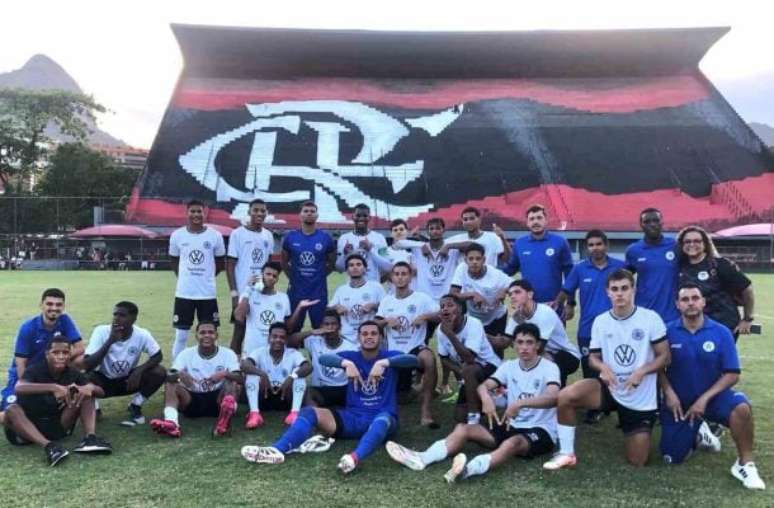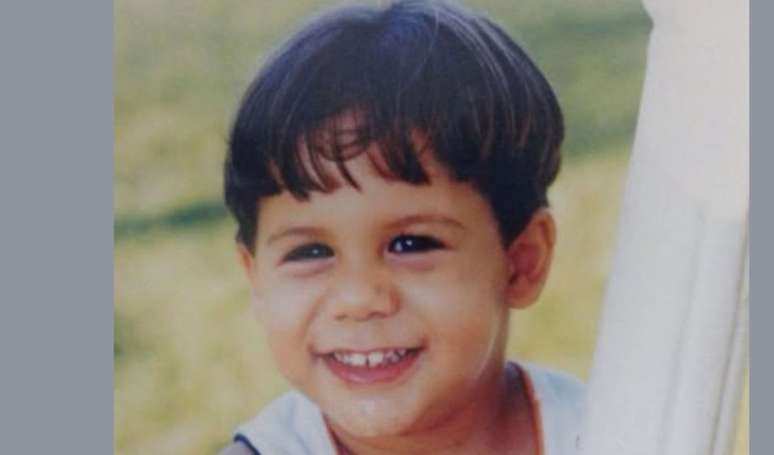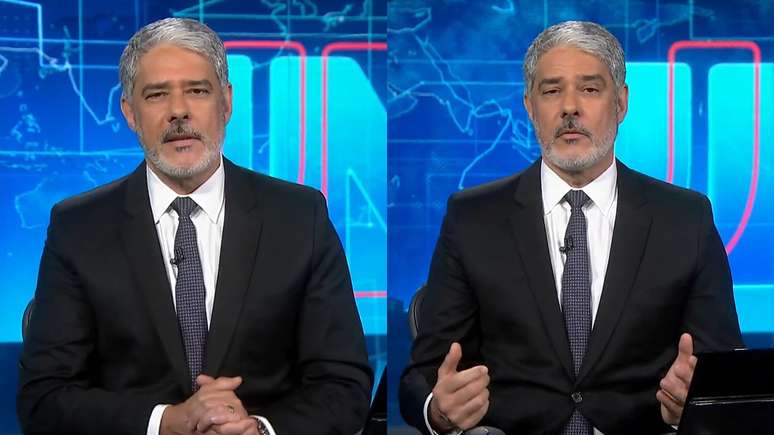Between 2019 and 2022, there were 177 deaths from malnutrition in the area, against 41 in the previous four years.
The number of indigenous Yanomami deaths from malnutrition increased by 331% in the four years of former President Jair Bolsonaro’s (PL) government compared to the previous four years.
The increase is recorded in data obtained exclusively from BBC News Brasil through the Law on Access to Information (LAI).
Between 2019 and 2022, 177 indigenous Yanomami people died from some type of malnutrition, according to data from the Ministry of Health.
In the previous four years there were 41 deaths. The growth may be even greater, because 2022 data is still being accounted for.
In recent weeks, the federal government has declared a state of emergency due to the worsening health conditions of the Yanomami.
The decision was made amid strong national and international repercussions generated by the images of visibly malnourished indigenous people.
Jump into the first year of government
The data released by the Ministry of Health show the number and causes of deaths registered in the Special Indigenous Health Districts (DSEI), bodies responsible for the health of indigenous peoples. Information ranges from 2013 to 2022.
In 2013 and 2014, the Yanomami died from malnutrition were eight and six respectively.
In the sum of the following four years (from 2015 to 2018), in the governments of Dilma Rousseff (PT) and Michel Temer (MDB), the total was 41. In the following four years, under Bolsonaro, the number was 177.
The data indicate a jump in the number of deaths from malnutrition among the Yanomami already in the first year of the Bolsonaro government, 2019.
Seven deaths due to some form of malnutrition were recorded in 2018. The following year, that number jumped to 36.
In 2020, the number rose from 36 to 40 and peaked in 2021, when 60 indigenous Yanomami people died of some type of malnutrition.
In 2022, the year for which data is still being compiled, the number of deaths from malnutrition reached 40.
Also according to data, in 2022 malnutrition was the second cause of death among the Yanomami, second only to pneumonia, which totaled 70 deaths and is also linked to precarious health conditions.
Members of the government of Luiz Inácio Lula da Silva (PT) have classified the situation of the Yanomami as a “genocide” and accused the previous administration of failing to act to avert the humanitarian crisis.
On his social media, former President Bolsonaro denied overlooking the Yanomami and called the case a “farce of the left”.
At the end of January, the federal government launched an operation that involves the transfer of indigenous people in worse health conditions to hospitals in Boa Vista, the capital of Roraima, the state in which most of the Yanomami Indigenous Land is located.
Additionally, the government has also launched an operation to remove around 20,000 miners from the area. The action includes troops from the Armed Forces, the National Public Security Force, agents from the Brazilian Institute for the Environment and Renewable Natural Resources (IBAMA) and the Federal Police.

Malnutrition and mining
The increase in the number of deaths from malnutrition among the Yanomami has been linked to increased prospecting activity on the land where they live.
Indigenous Yanomami land covers 9.6 million hectares and is home to just over 28,000 indigenous people. The area is known for its large reserves of precious metals such as gold and other minerals of industrial interest such as cassiterite, the raw material for tin.
Data from the National Institute for Space Research (Inpe) show that the increase in the number of deaths from malnutrition among the Yanomami has occurred at the same time as an increase in the deforestation of indigenous lands.
Between 2019 and 2022, during the Bolsonaro government, 47 square kilometers of forest were cleared in the area.
The rate is 222% higher than that recorded in the previous four years, when deforestation was 14.6 square kilometres. According to the researchers, the main source of deforestation in indigenous Yanomami land is illegal mining.
For Fernanda Simões, coordinator of nutrition at the Fernando Figueira Institute (IFF), an entity linked to the Oswaldo Cruz Foundation (Fiocruz), the malnutrition observed among the Yanomami is directly related to the progress of mining.
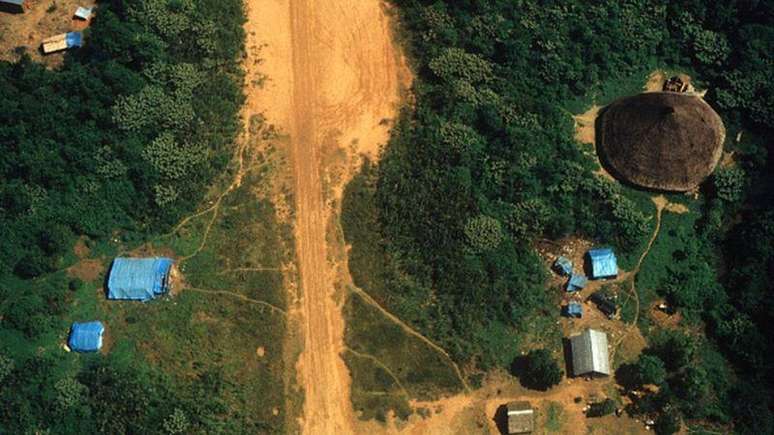
“The Yanomami basically live by hunting and fishing. Mines cause deforestation and destroy waterways. As a result, game becomes scarcer as animals flee and rivers become polluted, mainly due to the use of mercury during the gold mining process,” Simões said.
“The malnutrition we observe among them is due to food shortages. Indigenous people need to spend much more time in the forest in search of game and this does not come in the same quantity as before. This affects the whole community,” explained the nutritionist.
Children and the elderly are among the most affected
The data also show that the groups most affected by malnutrition deaths were children and the elderly.
In 2022, for example, of the 41 deaths from malnutrition, 25 were among people over 60 and 11 among children aged zero to nine.
Fernanda Simões explains that these two groups are the most vulnerable to food shortages.
“Children and the elderly are most affected because they have few conditions to obtain food and because, in most cases, their bodies are already fragile,” said the expert.
Fernanda Simões explained that malnutrition leads to death because the lack of nutrients causes the human body to use its fat reserves and, subsequently, the muscles, to maintain the basic functions of the organism. Since nutrients and minerals do not reach the cells, the human body begins to “fail”.
“We observe renal and hepatic failure and a great difficulty for the body to give immune responses to infections. This ends up opening the door to different types of aggravations that lead to death,” said the specialist.
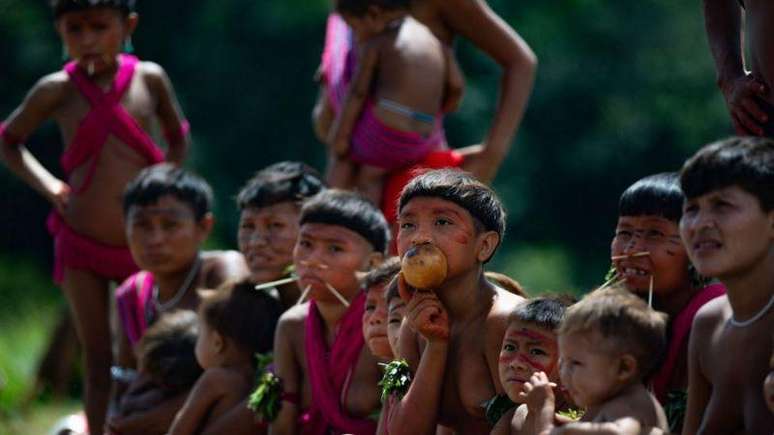
Dismantling of public policies
For Dinamam Tuxá, executive coordinator of Apib (Articulação dos Povos Indígenas do Brasil), the increase in deaths due to malnutrition in the Yanomami territory reflects “a dismantling of indigenous policies in the Bolsonaro government”.
Tuxá claims that, under the last government, the Yanomami have had more difficulty accessing health services and have seen the environmental conditions of their territory worsen due to the presence of miners.
“The government was aware of the things that were happening there, it was a political decision not to provide assistance and support to the Yanomami people,” he says.
For him, the actions of the Bolsonaro government regarding the situation of the Yanomami constitute a “crime of genocide”.
The BBC has tried to contact Marcelo Xavier, who presided over Funai between July 2019 and the end of the Bolsonaro government, to get news of the increase in deaths from malnutrition and criticism of his management of the foundation.
Xavier did not respond to two attempts to contact him via Twitter.
On Jan. 29, Bolsonaro took to Twitter to defend himself against criticism of his indigenous policies.
He wrote that “never has any government paid so much attention and means to the natives” as in his.
In the same tweet, the former president hinted that malnutrition among indigenous peoples is an old problem when he posted a photo of a malnourished child that appeared in the report of a Parliamentary Committee of Inquiry (CPI) investigating the matter in 2008.
Source: Terra
Rose James is a Gossipify movie and series reviewer known for her in-depth analysis and unique perspective on the latest releases. With a background in film studies, she provides engaging and informative reviews, and keeps readers up to date with industry trends and emerging talents.

